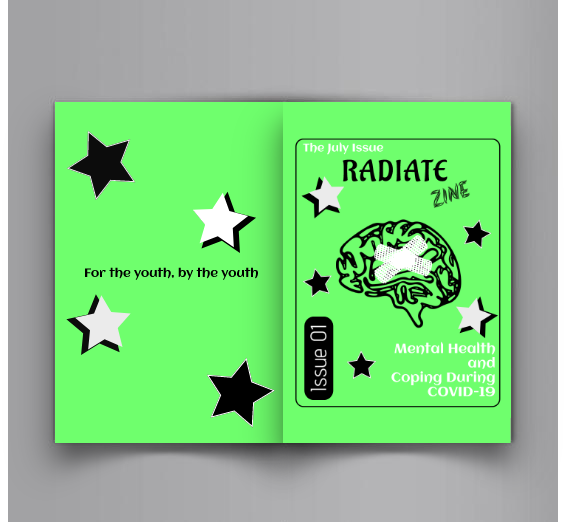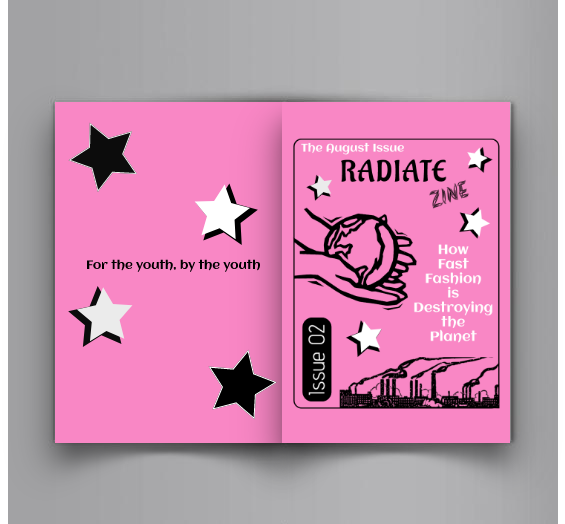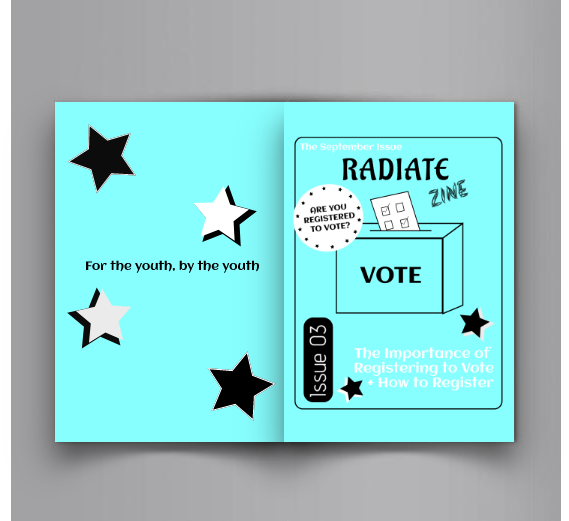Thomas Group Printing: Print Design Scholarship
- Radiate Magazine
- Jul 15, 2020
- 3 min read
The Importance of Print Design in a Digital Age
and the Resurgence of Zine Culture
By Arielle Delacruz
Print Design is all around us. Whether it be the overpriced textbooks that every college
student dreads opening, the tabloid stand you see while in line at your local grocery store, or the
“Hang in There” calendar up on your office wall, there is no escaping print design. It holds even
more importance in today’s digital age because of the physical experience connected to it that is
more rare to younger generations. This physical experience has captivated my generation as
we have been looking to the previous decades recently for everything from fashion trends,
music, movies, as well as the more “retro”, intimate, experience of analog technology such as
record players and walkmans. The digital age, while connecting us more than ever before, has
also distanced us from our roots in the real world. People innately crave physical interaction,
something that cannot be satisfied in this digital age. Digital doesn’t always mean better and
younger generations are starting to realize that; opting for print design more than ever before.
One example of print design that has had a resurgence as of late is zines and zine
culture. Zines, which are independently printed booklets or “mini magazines”, first started out in
the 1920s by science fiction communities so they could have a platform to talk about things the
mainstream wasn't. In the 60s, zines were used as a tool for political subculture movements and
gained popularity in the 70s and 80s as a byproduct of the punk scene and increased use of the
copy machine. But, by the mid 90s, the internet was created and the popularity of zines died
down, however some “webzines” were created. Now, in this new age of zine making, they are
popping up everywhere and many have started on Instagram. This resurgence could be due to
many teens being bored during quarantine and the rise of political activism. In any case, it has
been an outlet and a platform for young people during this trying time. These zines form online
communities and share the creative work of other young people, as well as important worldly
issues and events. Many of these popular online zines end up fundraising and printing physical,
limited edition, copies of their zines. They often sell out quickly due to the exclusiveness and
connectivity of it all. The resurgence of zines and zine culture has had many young people
interested in the world of print design, as they create and publish their own zines.
While there has been a renewed interest in print design as of late, the accessibility and
connectivity of zines on social media and other online platforms has made for a unique zine
making experience. From personal experience, people from all over the world come together to
create a zine and share their work and its message with others. Without the limitations print
design holds, anyone anywhere can access these online zines in a matter of minutes. These
days, there has been a merge between traditional print design and digital media platforms.
While zines can be made online and published digitally, there is the option to have it physically
published and shipped to you for the more exclusive and intimate feel of a physical copy. This
goes for all forms of print design. While much of it can be accessed easily online, many still
prefer the physical experience of having an object in their hands. Print design will always hold a
place in our world; however it is no longer the only option.
Submit to the Print Scholarship Contest by 7/15/20 at: http://www.thomasgroupprinting.com/
















Comments